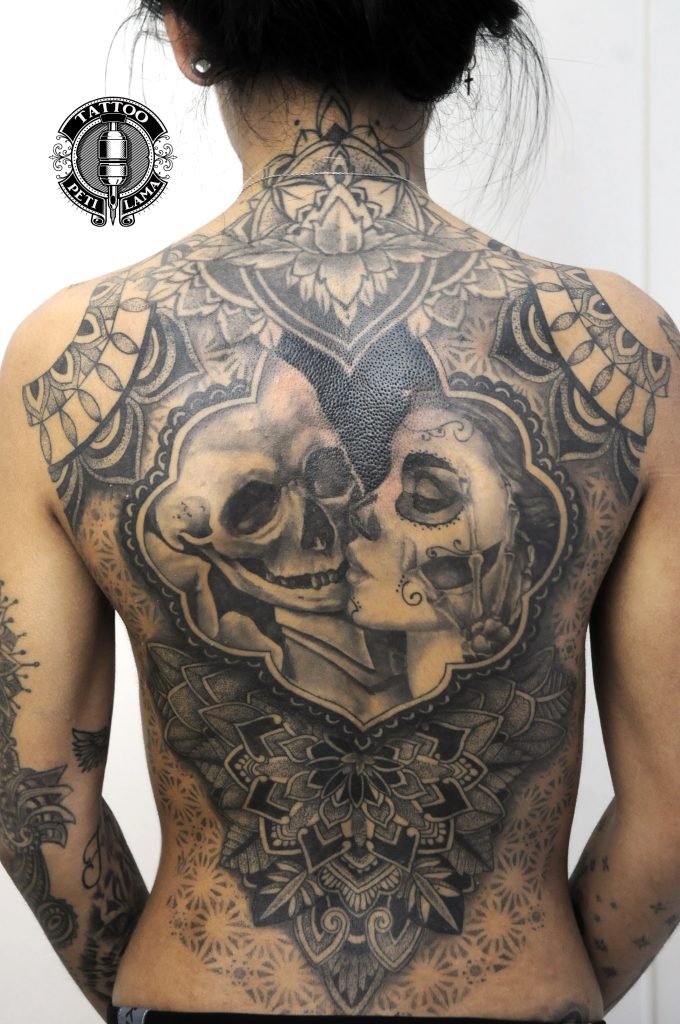Gran Canaria tattoo shop
See more…

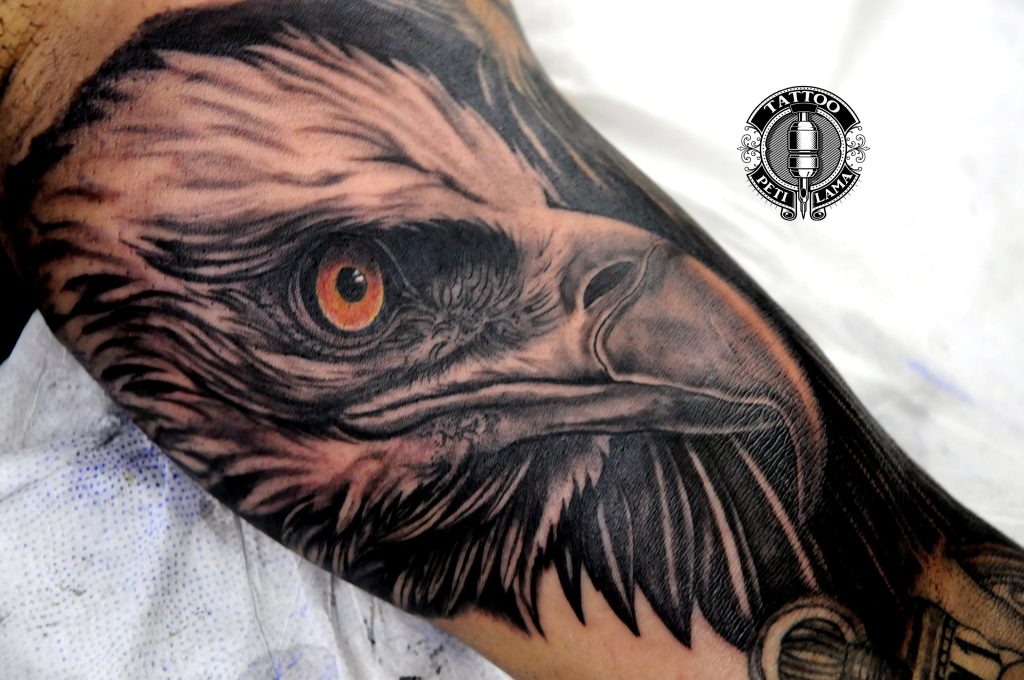
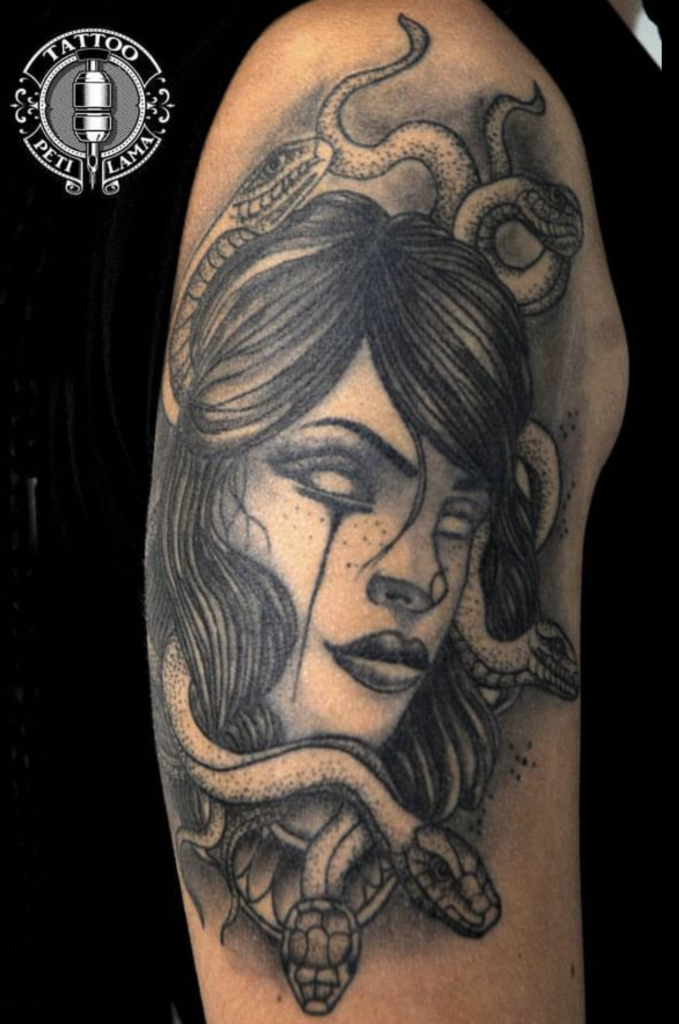



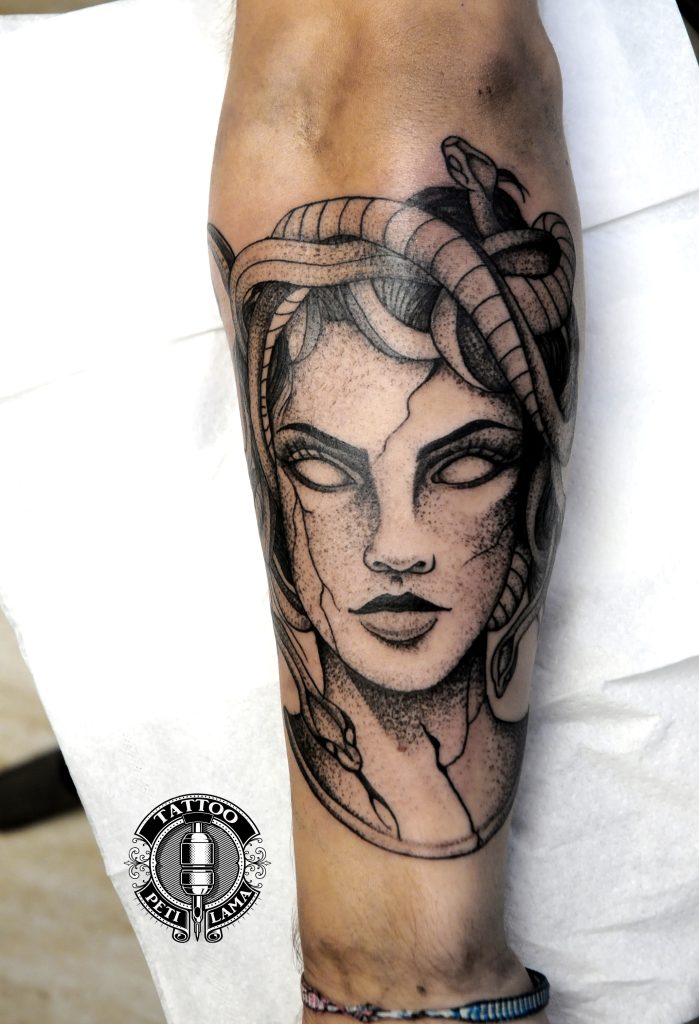

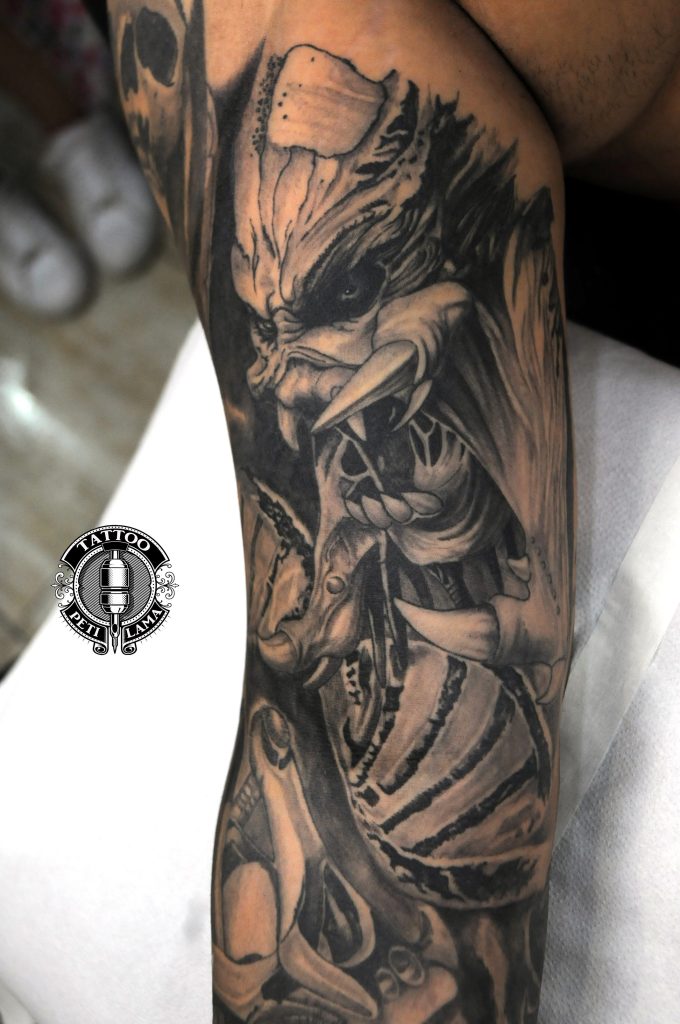


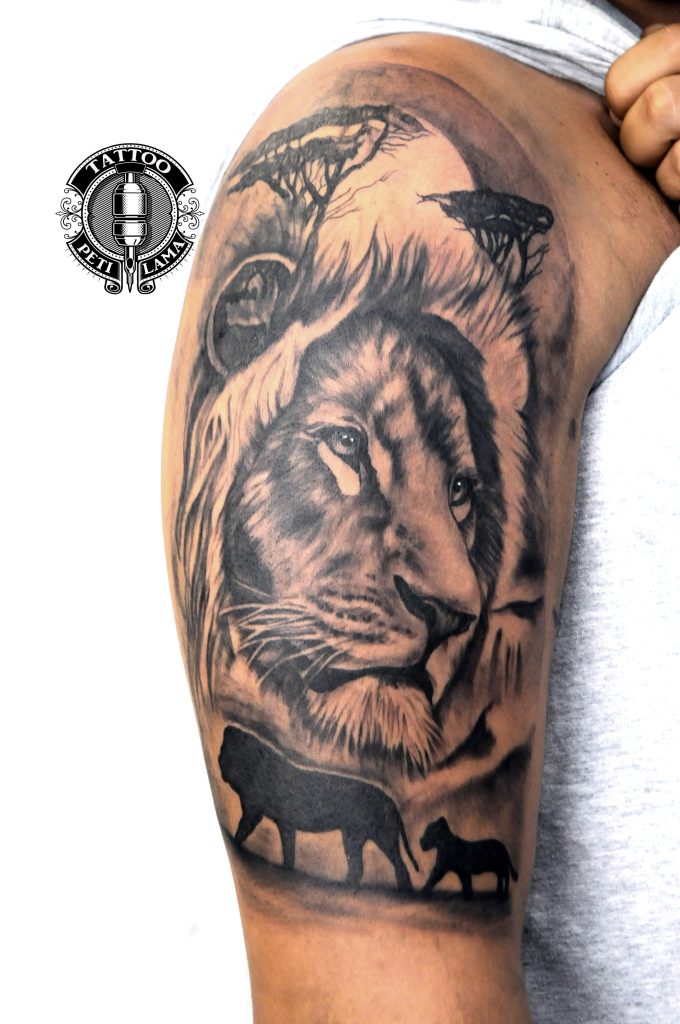
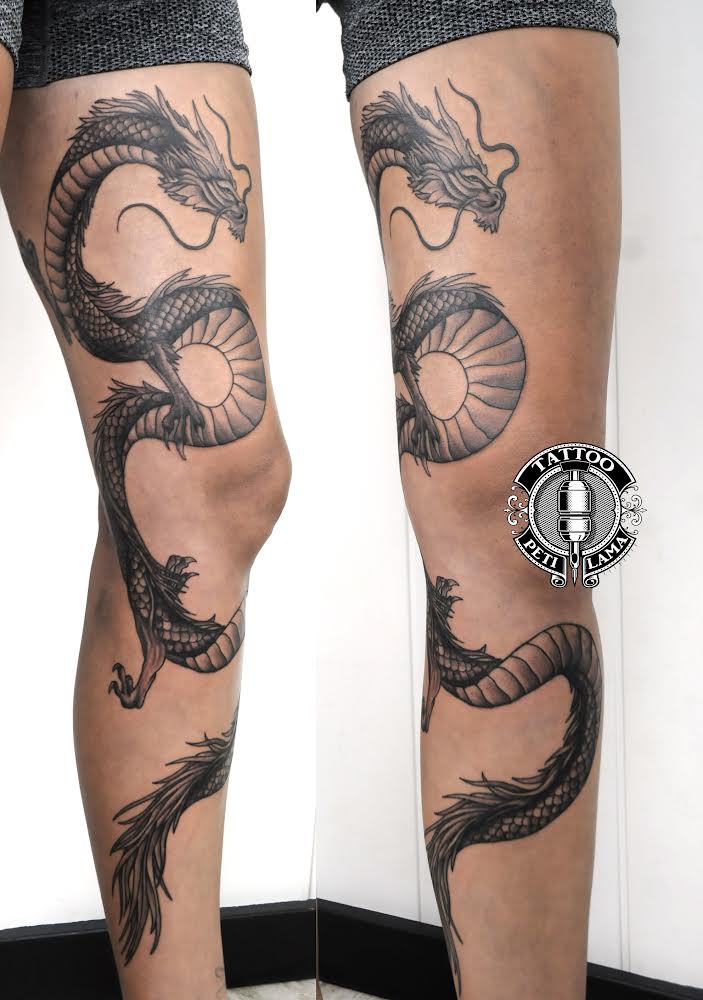
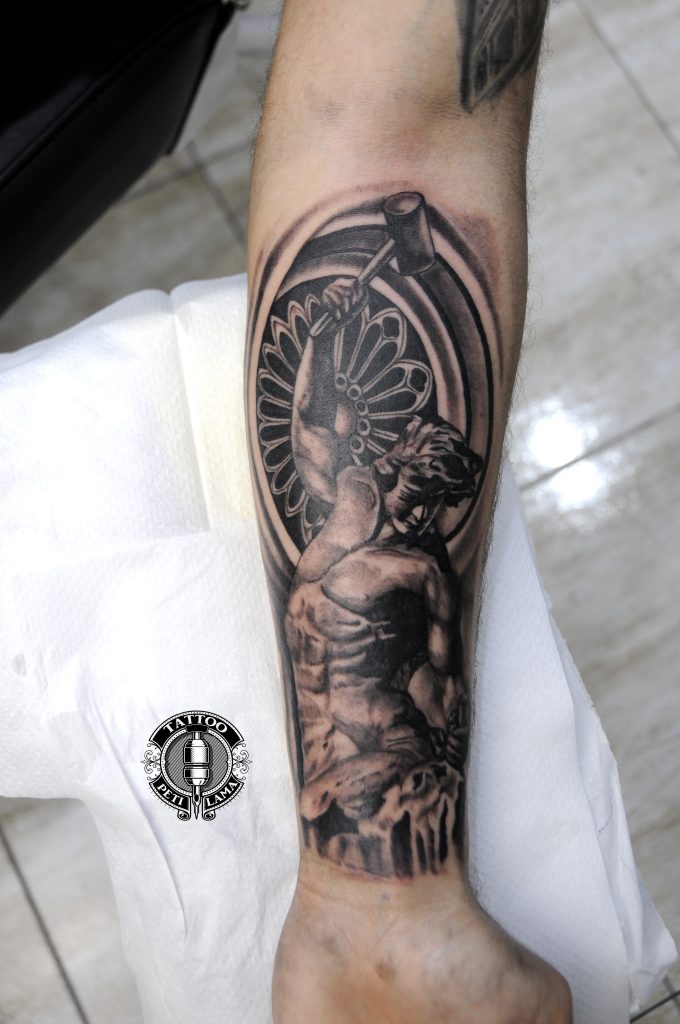
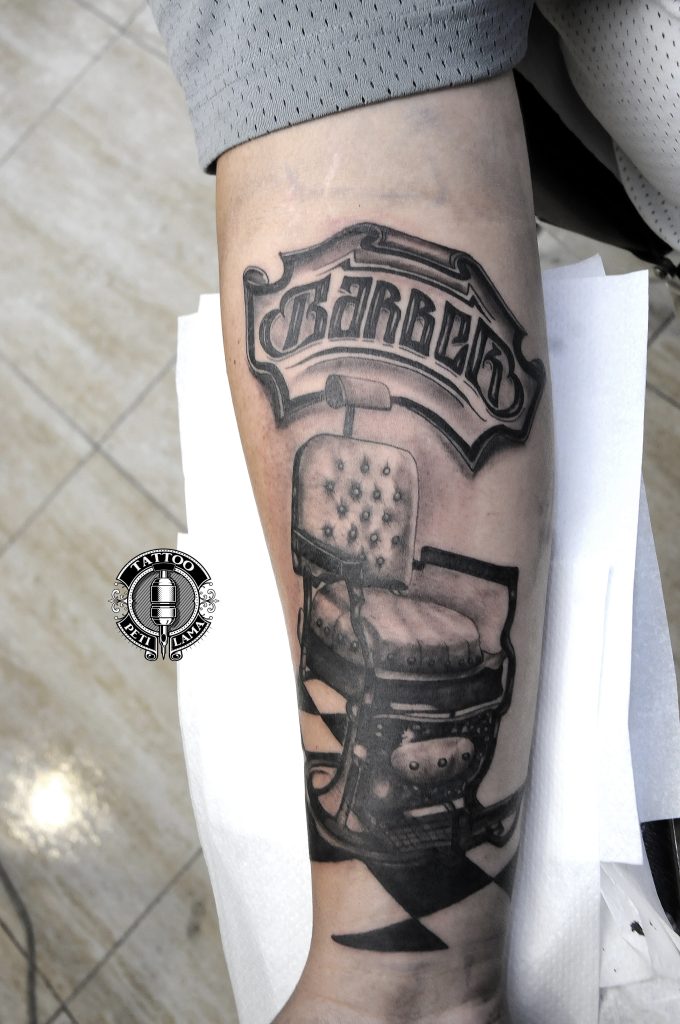
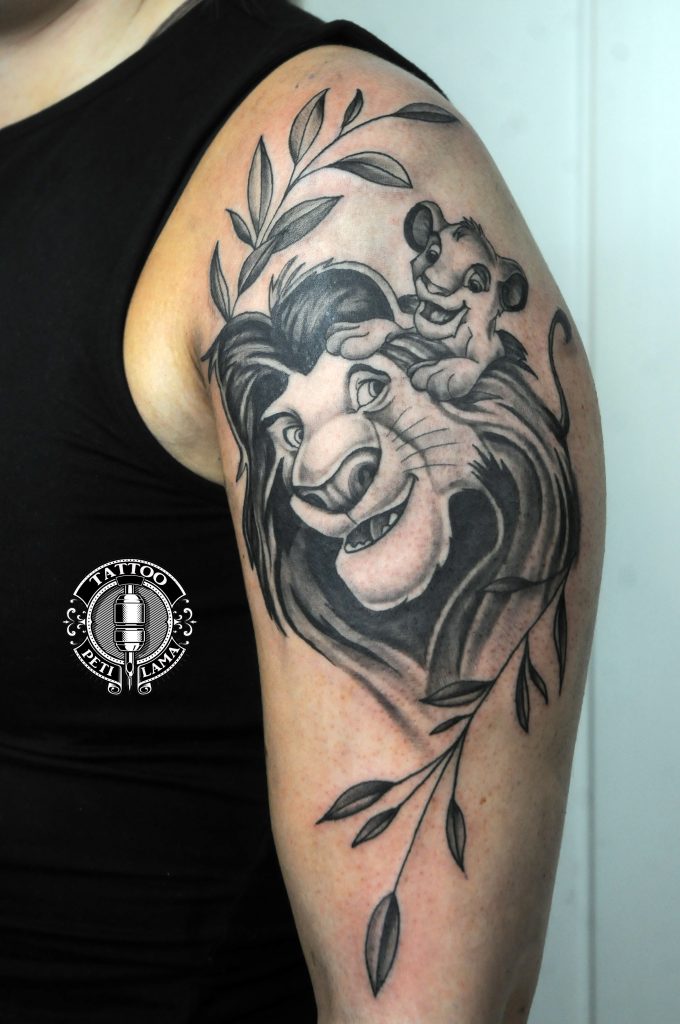
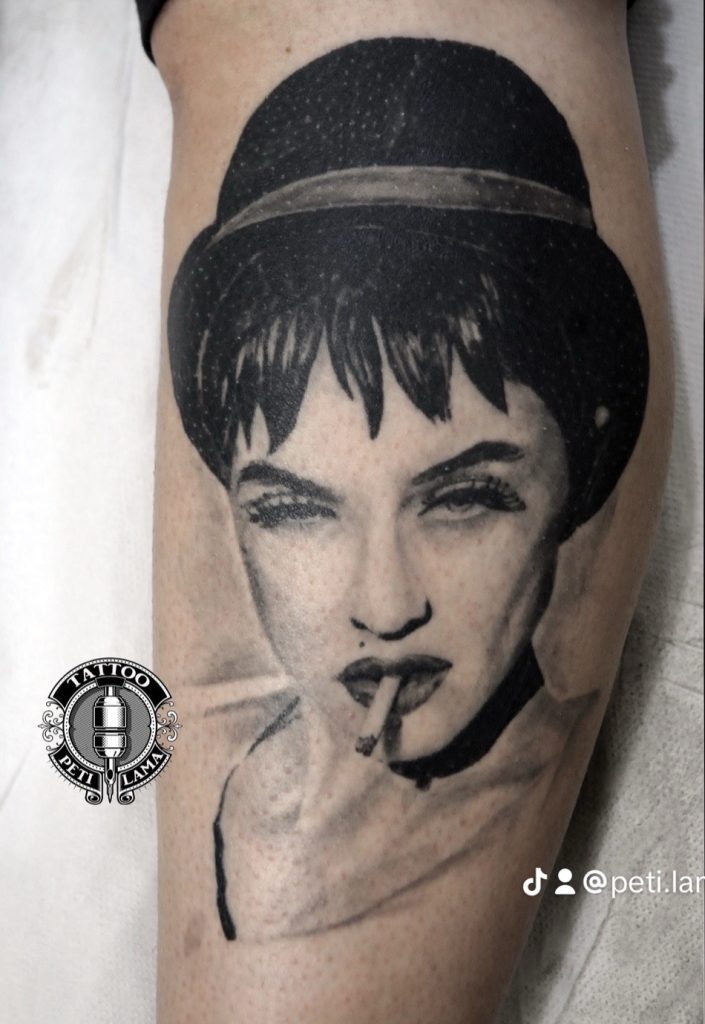

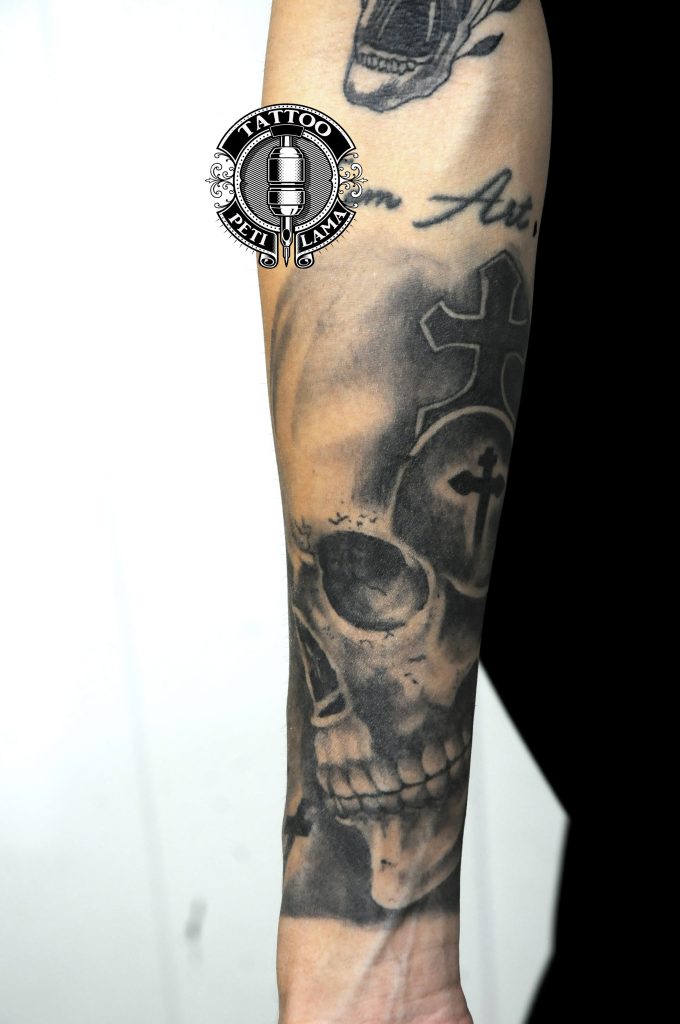
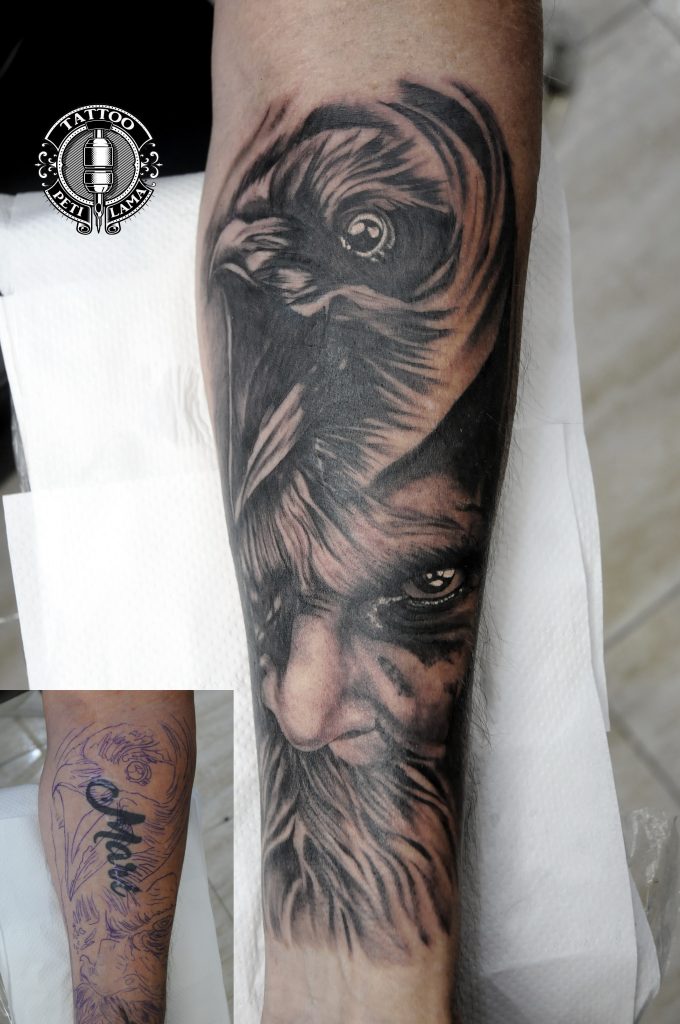
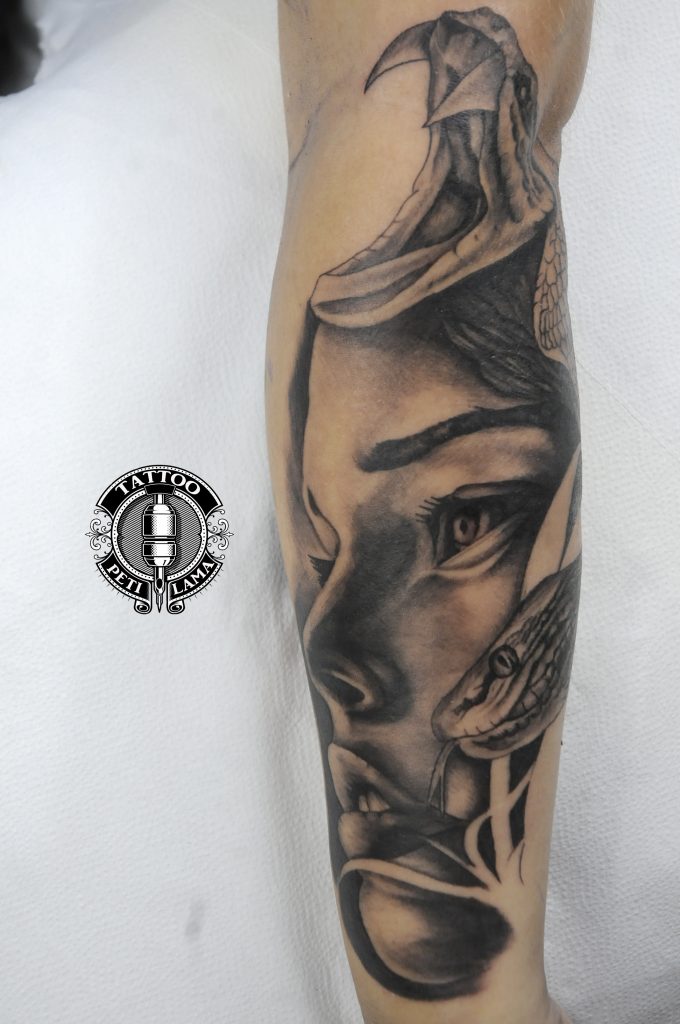
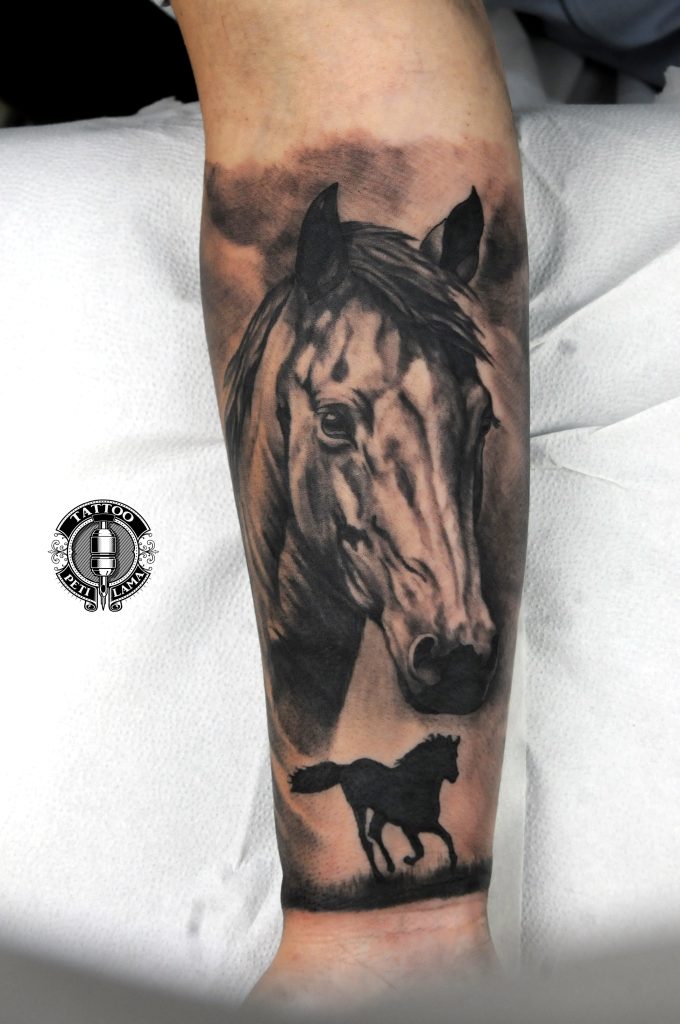


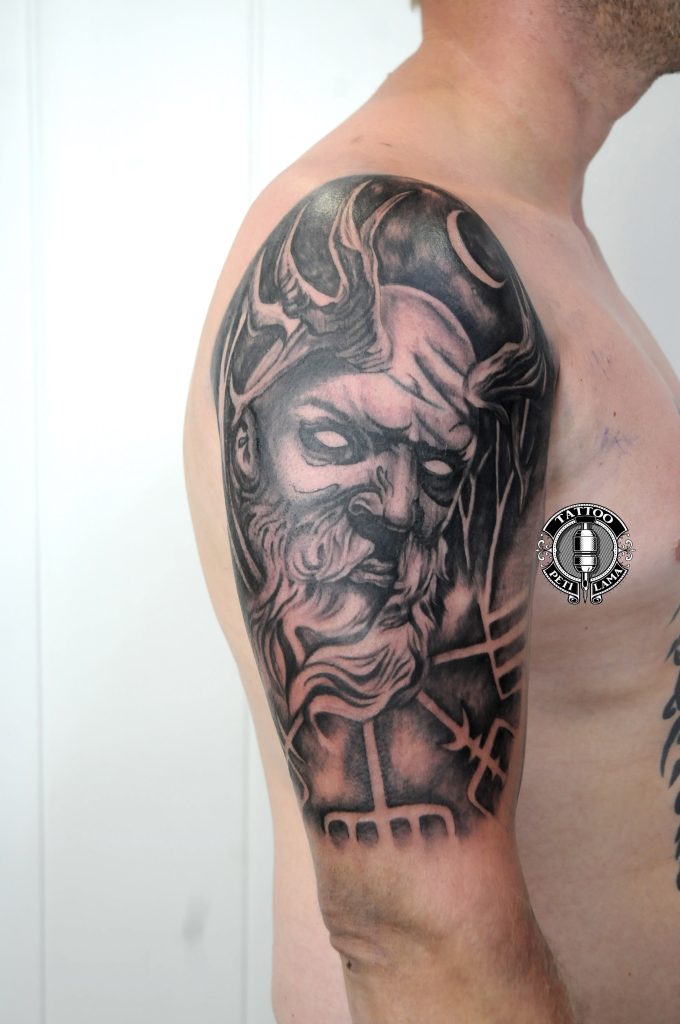

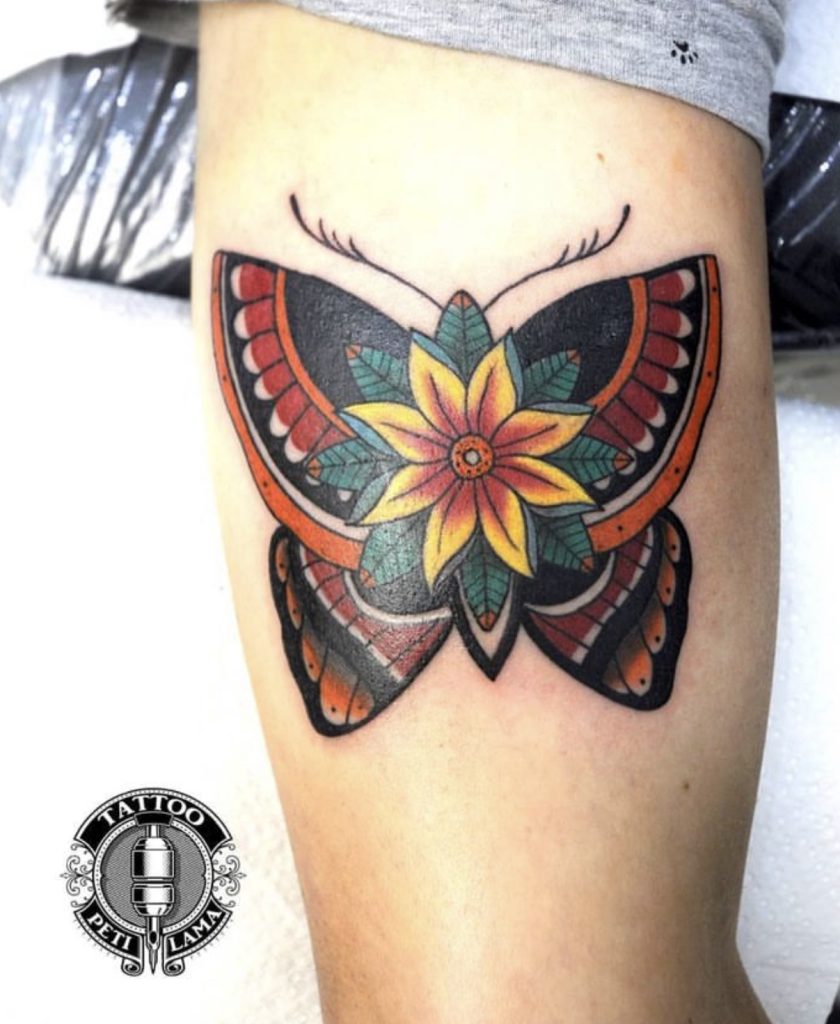


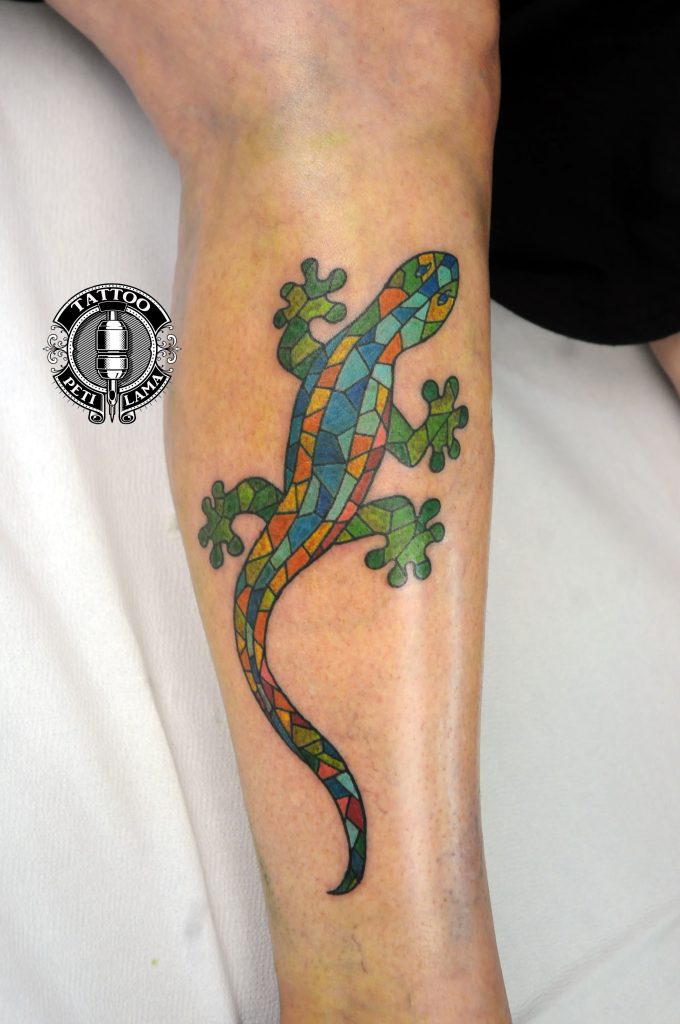
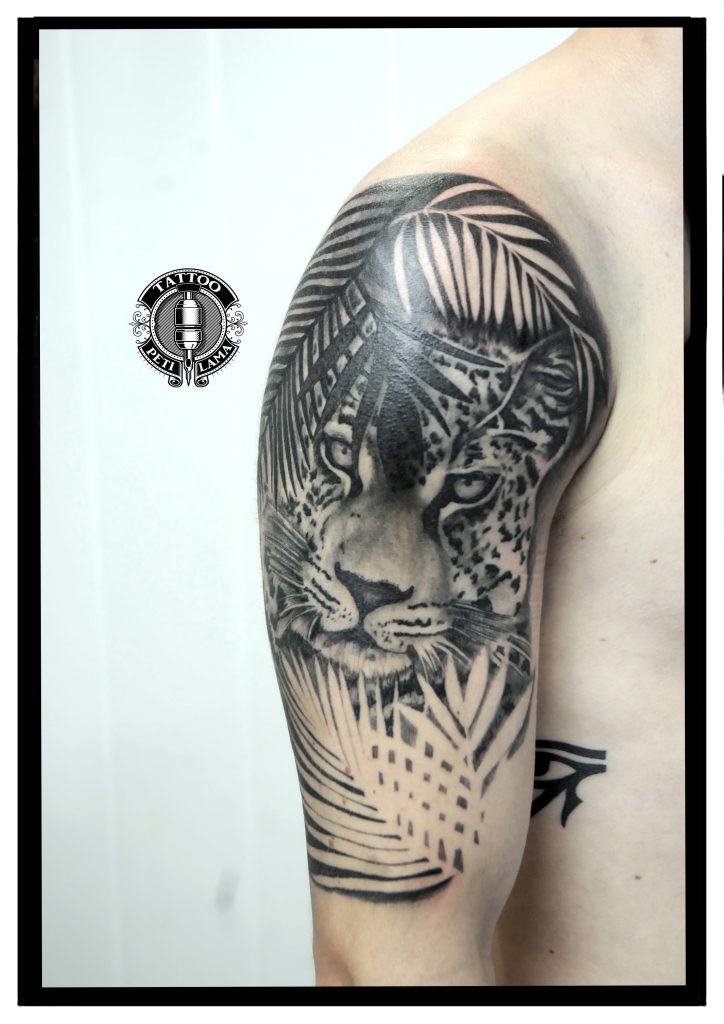
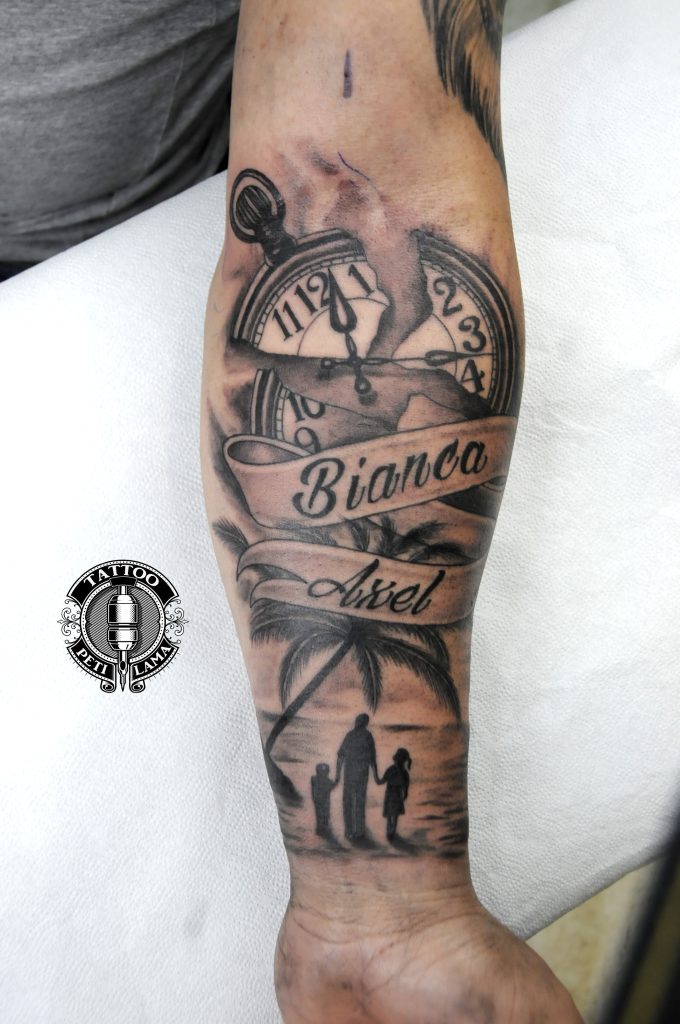


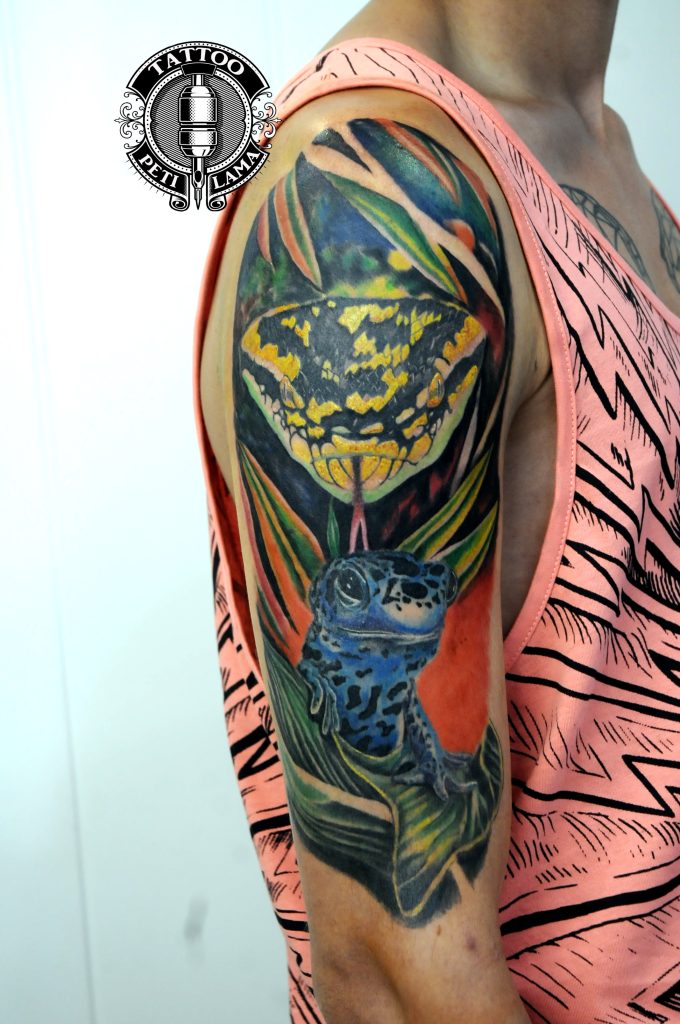
Gran Canaria Tattoo shop
Gran Canaria tattoo shop
Yakuza tattoo
Yakuza or they called also themself gokudo,are members of crime group in Japan. Gran Canaria tattoo shop And The Yakuza has very high level of ornized nature. The members of this crime syndicates operate with approximetly 90,000 in 2009. Perhaps Gran Canaria tattoo shop the most legendary of yakuza organizations is the Yamaguchi-gumi, a crime syndicate numbering somewhere near 15,000, which designated as its territory the entire western half of Japan. Gran Canaria tattoo shop
Gran Canaria tattoo shop
Gran Canaria tattoo shop history of Yakuza traces its origins to the Tokugawa era, the , when Tokugawa unified Japan in sogunate’s age. In that time in Japan had a civil war, a lot of people left uneployed, 600,000 samurai as well in the Gran Canaria tattoo shop. Many of the samurai become a thief and make crime to get some goods.
Gran Canaria tattoo shop
The yakuza as known as gokudo is the oldest criminal organization; it came into being in Japan. Gran Canaria tattoo shop like jakuza (yakuza) expression refers to three number, 8 (ja), 3 (ku) and 9 (za). This is a card game in Japan, which conforms 21. Gran Canaria tattoo shop It is also important because fortune is determining in jakuzas life.The origin of jakuza went back to the XVII Century. In Edo age as a result of feudal anarchy and civil wars many samurai become ronin that is abandoned loafer. Gamblers (bakutos) and street vendor (tekiya) created the jakuza. Gran Canaria tattoo shop
Gran Canaria tattoo shop
After the Second World War another group was created, Gran Canaria tattoo shop the gangster (gurentai). Jakuzas organized in clan. Every clan has its own area, which is kept in respect by other clan. However they continue bloody gangs war for the protection of the area, if it needs for Gran Canaria tattoo shop. Jakuza consists of 24 pyramids and its members reach the 80-100 thousand number. Yamaguchi-gumi has the most members; Gran Canaria tattoo shop it holds 40 thousand active members. Only man can get into jakuzas. The only woman, who is accepted, the ojabun, that is the leaders wife, the ane-san. Gran Canaria tattoo shop
Gran Canaria tattoo shop
The initiation happens with drinking sake, Gran Canaria tattoo shop then they swear loyalty to their leader and community. If somebody wants to leave the clan, he/she can do it with the permission of ojabun and colleagues.The typical dress code is dark suit, white shirt and black sunglasses. Different misdemeanours are punished with finger cutting. Jakuzas trademark is often whole body tattoos, which was made by sharpen bamboo and metal needle. They often tattoo their own clan shield to themselves.
Gran Canaria tattoo shop
Polynesian people indicated the different communities and members of the family and their rank with the help of tattoos, too. The Polynesians were those who brought the art of tattooing in New Zealand, from the facial tattoos called Moko, that is used even today, come from.First it was use only to mark the criminals. Who committed his first crime received a line crossing his forehead, Gran Canaria tattoo shop at the second crime he received a curved line and when the criminal was over his third crime a new line was provided. As a result of this custom, tattooing was promoted in the role of east ethics.The particular style of the Japanese people arose around the 1700s.
Regarding the European people it was the Cook captain crew who first learned about the Polynesian tattoo and their patterns and this spread very quickly within the British marine.They were the sailors, who first learned the techniques from the Polynesian people, practice it on the ship during their sailing and when turned back to Europe opened their tattoo saloons in the harbours of Europe
